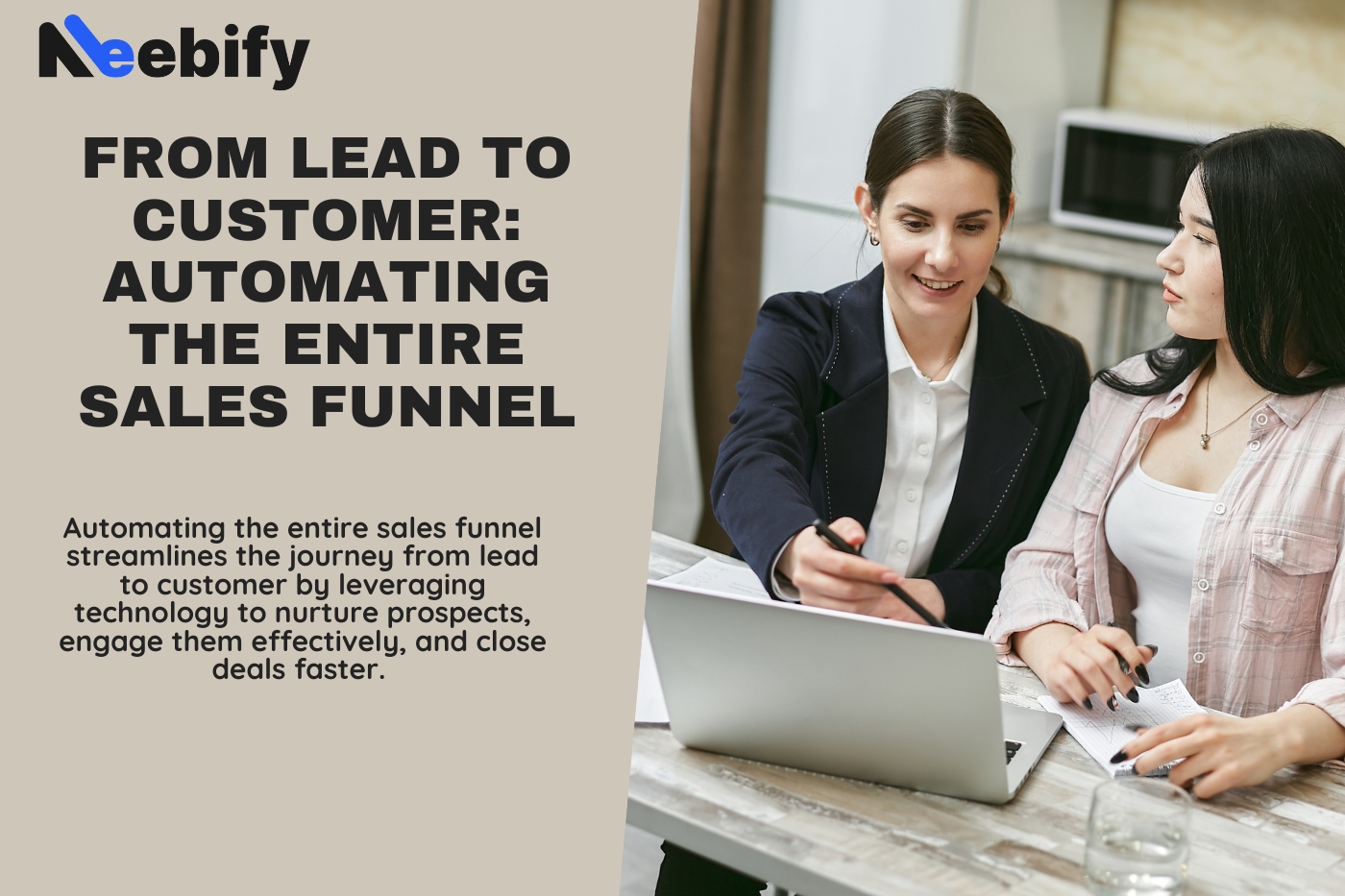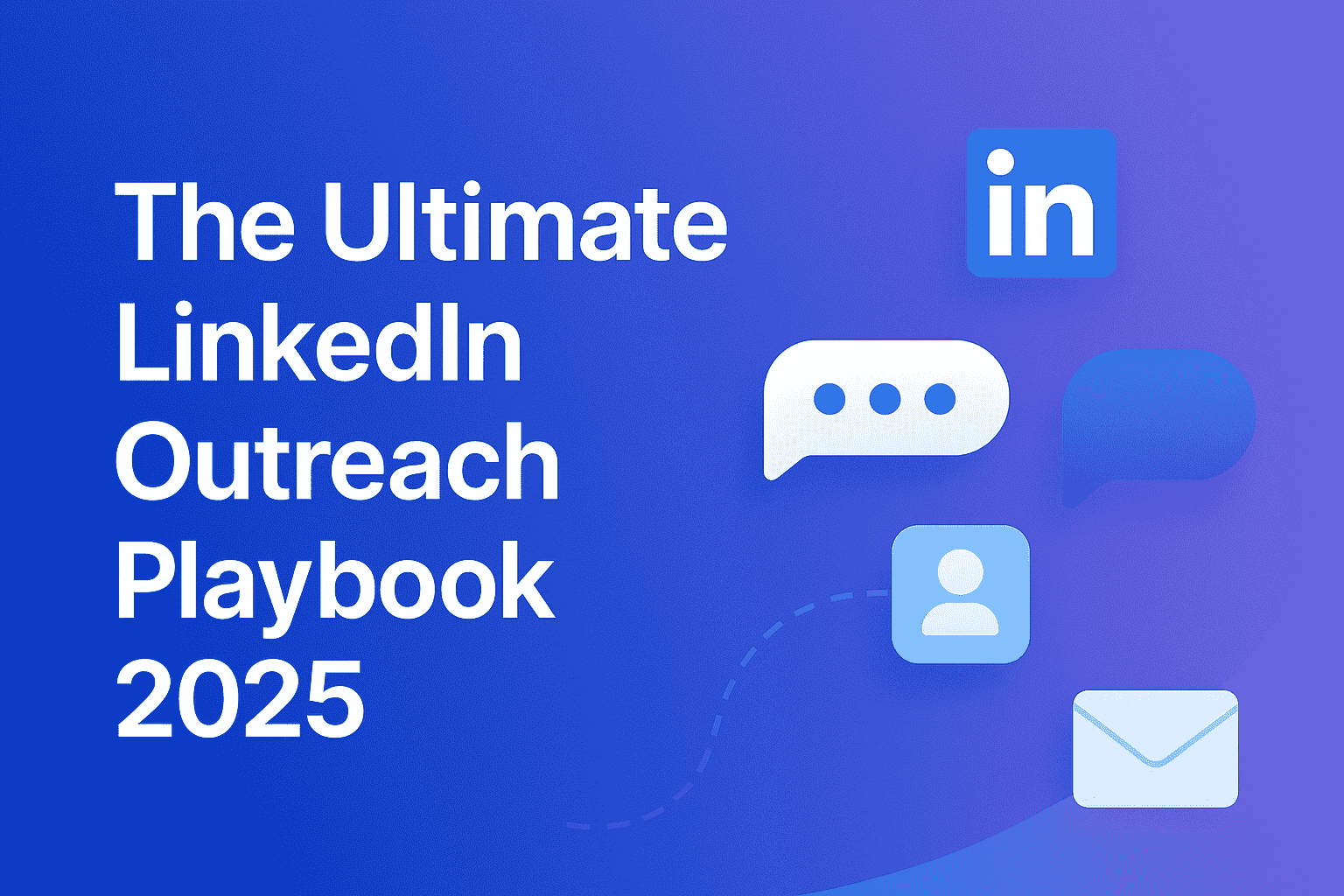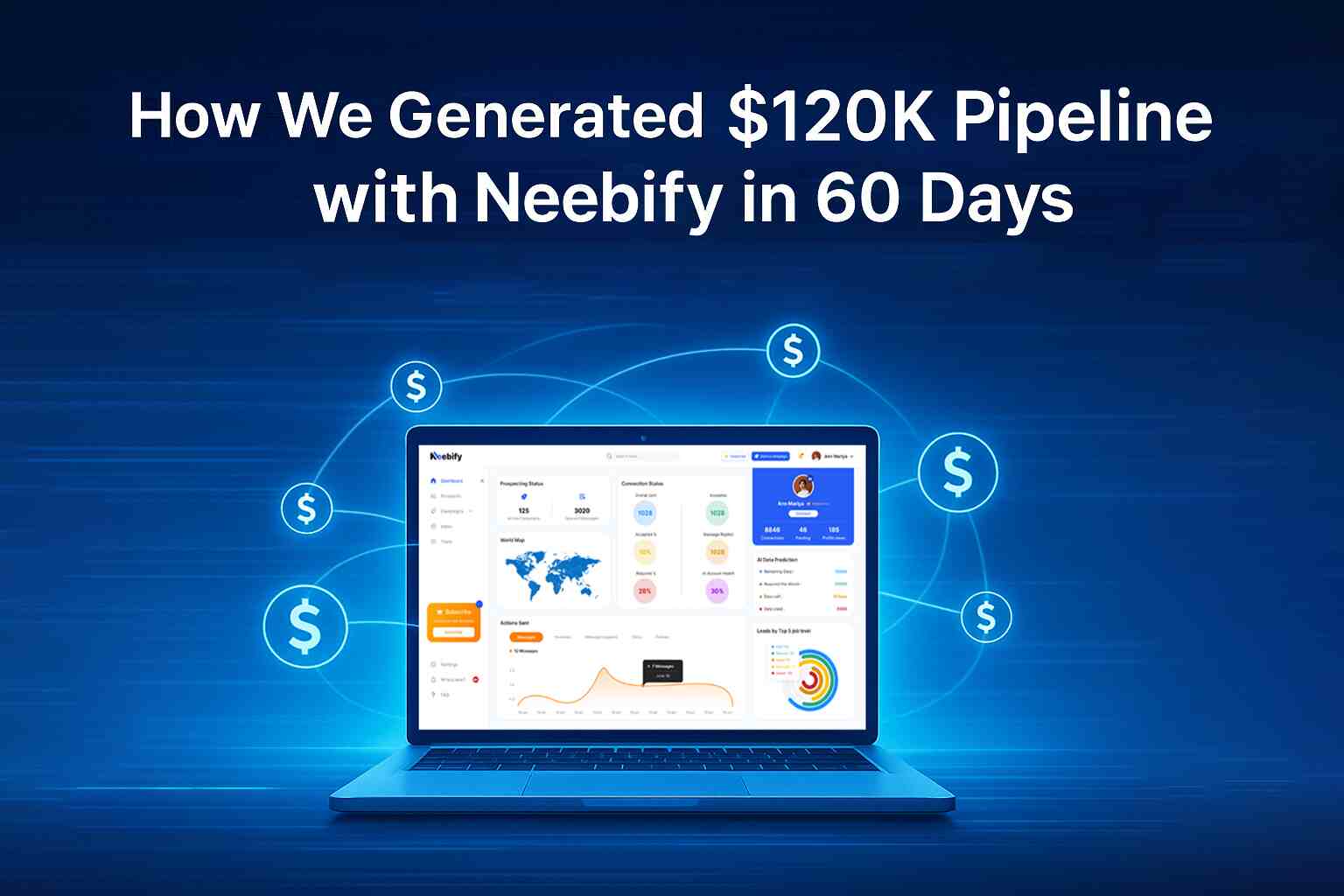Table of content
What is The Entire Sales Funnel on Automation?
There is a step-by-step systematic process of taking the prospect from being made aware to being interested, creating desire, and, finally, ending in action or decision to purchase. This is totally different from the ordinary kind of sales funnels that largely rely on manual processes and human involvement; automation in an automated sales funnel ensures smoothness and, at the same time, automation in the various stages one goes through during their sales journey.
The automation reduces the level of constant manual supervision, ensuring that the leads go through the process effectively and efficiently until they are converted into customers.
This combines marketing automation, customer relationship management, and email marketing platforms with other tools of digital marketing technology in effecting automation at each step of the sales funnel. Such collaboration makes the experience smooth for each user, hence paving the way for tailored content with personalised offers, depending on preference at a particular position of the funnel.
The Steps of an Automated Sales Funnel
Generally, every stage in the sales funnel is the various parts a customer goes through on his journey. The automated sales funnel, therefore, will have in it creatively developed stages whereby each one is there to provide a way for the lead to go in respect of taking that final purchasing decision till the point of contact. Below are the key stages:
1. Aware
The top of the funnel typically represents the awareness stage: when prospective customers first start gathering information about the existence of your brand, product, or service. It is all about engaging the attention of the targeted audience and making them aware of what is on offer. Some of the most effective types of content that come to the rescue in this stage include blogs, social media posts, videos, info-graphics, and much more.
This level is where useful content is developed and marketed with the use of social media management, SEO tools, and content management systems. To this end, even paid advertisement campaigns are placed via Google Ads, Facebook, and LinkedIn to target that website or landing page traffic.
2. Rhythm
It starts with making prospective customers aware of your brand. The next stage is nurturing their interest when, at the very beginning of your relationship with leads, you give back valuable information that answers their needs or soothes a pain. You would place your product or service in the light of being the solution to their problems.
This is the stage where email marketing automation, and consequently an automated sales funnel, is most applied. When a lead offers their contact information—usually in exchange for something free, like an e-book or webinar—you slot them into an email sequence designed to educate them on your offerings. Personalized sequences take into account the actions of the lead and what he or she interacts with the most, creating a tailored sequence of events geared toward his or her interest.
3. Take
Consideration is the stage where leads reconsider all possible solutions to their problem. This is the stage in which your lead analyses why your product or service is the best option for him or her. The steps at this stage are: giving more in-depth information about your offerings, product demos, case studies, testimonials, and free trials.
An automated sales funnel would use a CRM system to track leads' behavior and segment content based on that information. For example, a lead might view a product demo or download a case study, triggering the CRM to send a follow-up email with more information or some kind of offer. In other words, direct response will get them one step closer to making the purchase because it has overcome certain objections.
4. Decide
This is the decision stage: when the lead finally comes to make the purchase. By that point, he or she must have boiled things down to choices and now needs to find the nitty-gritty to make their final decision. This is supposed to give just that extra push that propels them to choose their product or service.
Some of such campaigns include discounts, or personalized messages sent to targeted leads at the last moment when they are about to make a purchase. For instance, in a situation where a customer added a product to their cart but did not follow through to actually make a purchase, automated emails get triggered to remind and even entice them with a discount. It should also ensure an easy checkout process by helping one with all automated follow-ups and other supporting ways to help out.
5. Purchase
The lead now gets converted into a customer by making a purchase: at the very bottom of the sales process or funnel. This is how all that nurturing and engagement come together for a customer. The next thing is to ensure a good post-purchase experience, so that the customer comes back next time or refers to somebody else.
Done post-purchase automatically. As soon as a customer makes a purchase, he or she can automatically be placed into another email sequence that will thank them for their business, give tips on how to use the new product received from you, and offer further complementary products or services that build their loyalty and, in turn, the lifetime value they offer to the customer.
6. Retention
In the stage of retention, much attention is given in an attempt to derive repeat purchases. Selling to an existing customer is much cheaper and cost-effective than bringing a new one. This stage is very crucial for maximizing revenue.
This empowers one to segment customers according to their purchase history and behavior. Based on these attributes, the normal offers, loyalty schemes, or exclusive content may further be customized and dispatched to the customer through different means to keep those sparks alive and encourage them to bring repeated business. Insights into improving customer experience can be made easy with conducting automated surveys and feedback forms.
7. Advocacy
In this stage of the sales funnel, at last, the customer is satisfied with the product. Then, he turns into a business advocate for your brand: a customer who not only returns to buy the second, third, or fourth time but also starts talking to his friends, family, and co-workers about your brand.
This is where automation comes into play with referral programs that allow customers to earn by bringing in business. That, and automated social media campaigns encouraging already satisfied customers to share their experience, will prove to be of immense value. Right nurturing of these relationships with customers even after the sale closure can make satisfied customers a brand ambassador and build growth for the brand.
Importance of a Well-Designed Sales Funnel
Here are some of the major benefits that a business will realize with the introduction of an automated sales funnel:
1. Above-average effectiveness
Automation of an exemplary sales funnel would lead to the best efficiency. In fact, automating so many of these low-level activities.
such as email follow-ups, lead scoring, customer segmentation, and many more—means a lot more time opens up for sales and marketing teams to focus on the most strategic best activities: new content or campaign optimizations.
Automation realizes this consistently, round-the-clock, with no delays in performing what is humanly possible, thus reducing the margin of error and not missing out on one opportunity. Automation ensures leads are consistently moved without any lag through the funnel, keeping in touch with all customers throughout the end.
2. Advanced lead nurturing
Automated Sales Funnel Automated sales funnels make lead nurturing more efficient for the business by providing timely interaction to serve up appropriately indicated content and personalized offers. This is driven through automation of the tracking of lead behavior. Business can then serve up an experience that is perfectly tailored and fits the lead just the way they want it.
For example, a lead downloads a white-paper on a specific topic; this could automatically opt in this individual for the email sequence to be provided with information on the resources found on that topic. Such great personalization generates confidence and trust in one's service, making potential leads more cooperative in switching to final customers.
3. Better Conversion Rates
Proper employment of automation improves much in conversion rates; it ensures that the lead gets the right message at the right time. Automation of follow-ups, reminders, and sending of exclusive offers increases the chances of conversion.
For instance, when a lead abandons the cart without finishing the purchase, an automatic follow-up email with a special discount can be sent out as a reminder to close the sale. This automatic scoring of leads will be beneficial for the sales team in focusing on only such quality leads, hence saving time automatically on closing a deal.
4 Scalability
With scaling comes the issue of handling more leads and customers when a business grows. An automated sales funnel can be scaled up to handle huge lead volumes without needing to increase quality. The automation will have businesses manage thousands of leads simultaneously so that every single lead could get the attention it needs to pass through the funnel.
This is very valuable for what that means in terms of scalability, especially to small businesses, because it gets to stretch their reach and increase clients with little extra work volume.
5. More Human Data
In conclusion, automation tools will help to provide highly critical data and insight that could actually result in business optimization with respect to selling and marketing efforts. Tracking lead behavior, conversion rates, or other metrics provides insight into what works and what doesn't. Thus, these shall help in refinement and improvement over the sales funnel time. If data reveals that an email sequence opens at a very high rate but the action rate upon it is very low, then a business can test improvements such as different subject lines, content, call-to-action offers, ad placement, and timing.
6. Enhanced Customer Experience
An automated sales funnel that maintains the same level of ease and consistency from start to finish. It allows the creation of a highly relevant and engaging experience, based on lead behavior and preference, and this is done using personalized content and offers. This technology also lets the business process timely support and follow-ups that make customers feel special and cared about from the go to the end of a sale. Enhanced customer experience may, in turn, translate into higher satisfaction rates, repeat business, and positive word-of-mouth referrals.
7. Cost Effective
While the startup cost of the tools and technology in introducing an automated sales funnel is sky-high, the overall savings image in the long run can be massive. It reduces the number of resources needed in human labor; hence, efficiency is noted within the business. In this regard, it ultimately results in reduced operational costs and higher profit margins.
Conclusion
Additionally, automation makes a business more productive in marketing because the leads it generates are taken care of for better conformation rates. In simpler words, this would mean that businesses will get better returns using the same or even lower marketing budgets, and hence increased return on investment. The beauty of the automated sales funnel is that it's a complete power-packed tool for all modern businesses making efforts to optimize their sales and marketing activities. This automation helps businesses nurture leads efficiently, improve conversion rates, and give the business's customers an all-around awesome experience. All the mentioned gains from implementing an automated sales funnel are evidently: improved efficiency, improved nurturing of leads, better conversion rates, scalability, among others.
Get your next meeting in a
matter of minutes.
Free Trial
Latest
The Ultimate LinkedIn Outreach Playbook 2025
A practical, modern guide to mastering LinkedIn outreach in 2025 — learn how to boost reply rates, p
12/1/2025How to Find 100 ICP Leads Without LinkedIn Sales Navigator
Generating 100 targeted ICP leads doesn’t require LinkedIn Sales Navigator. Learn how to leverage fr
11/28/2025


